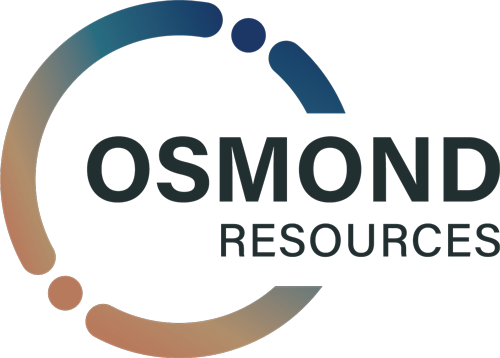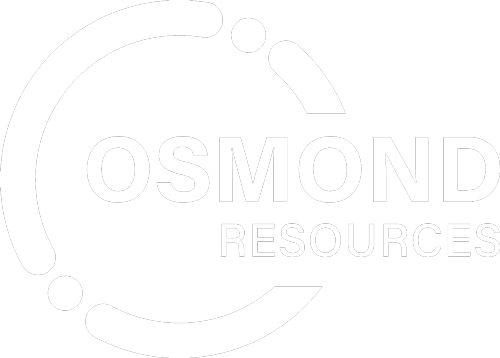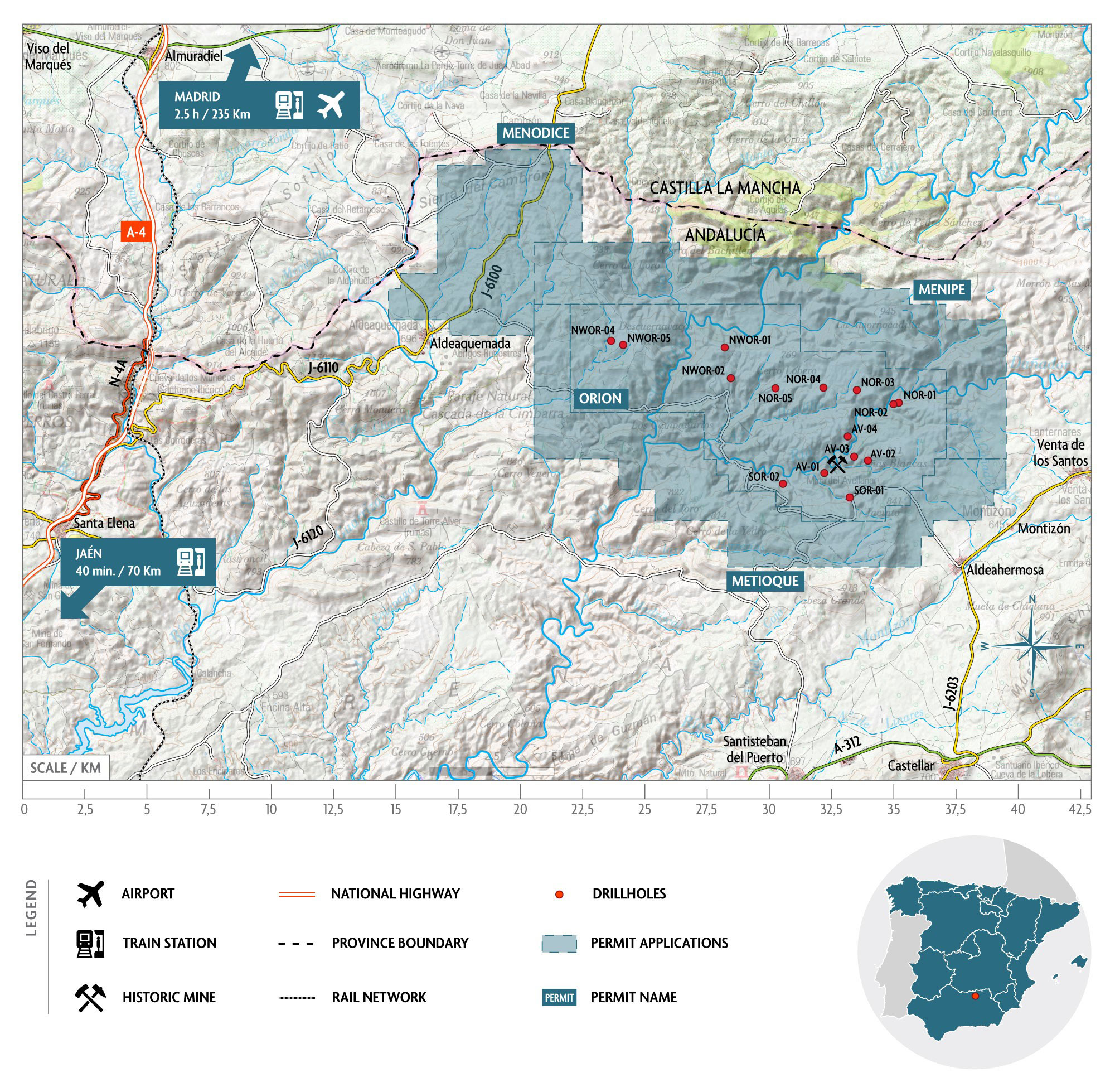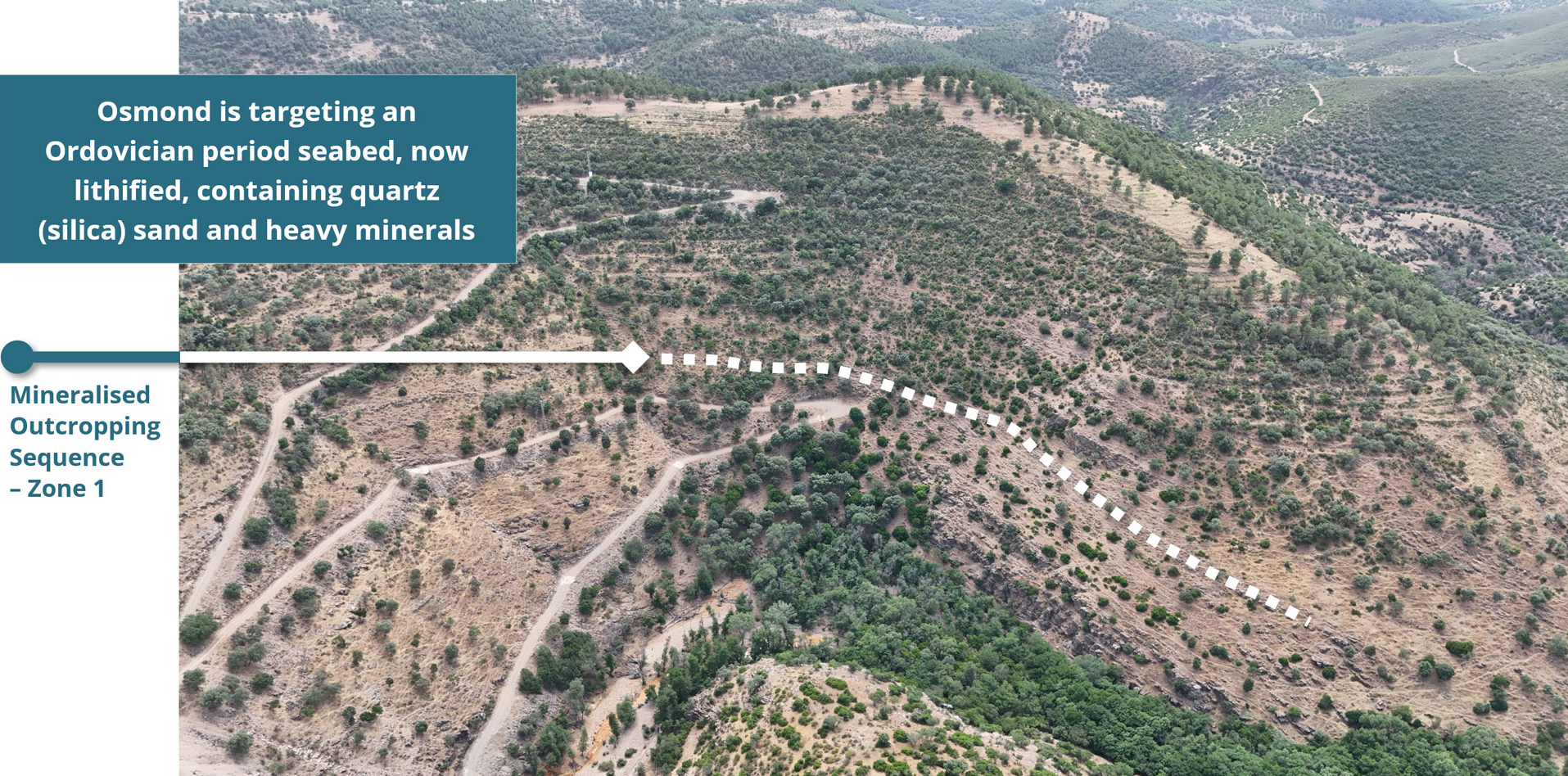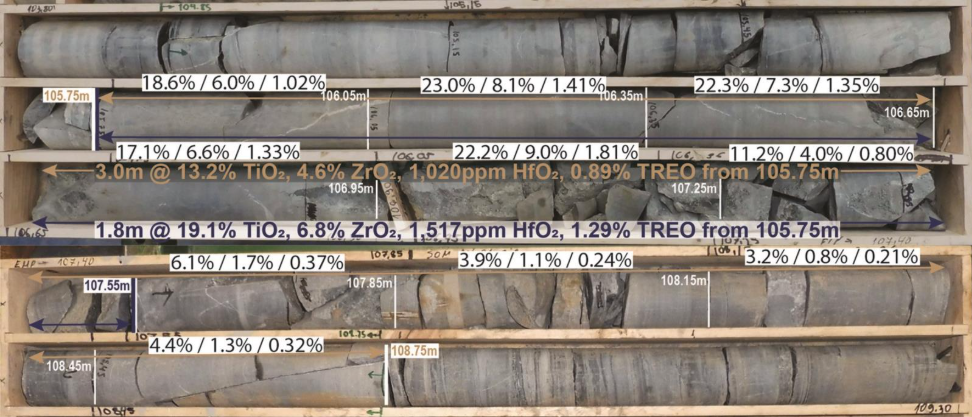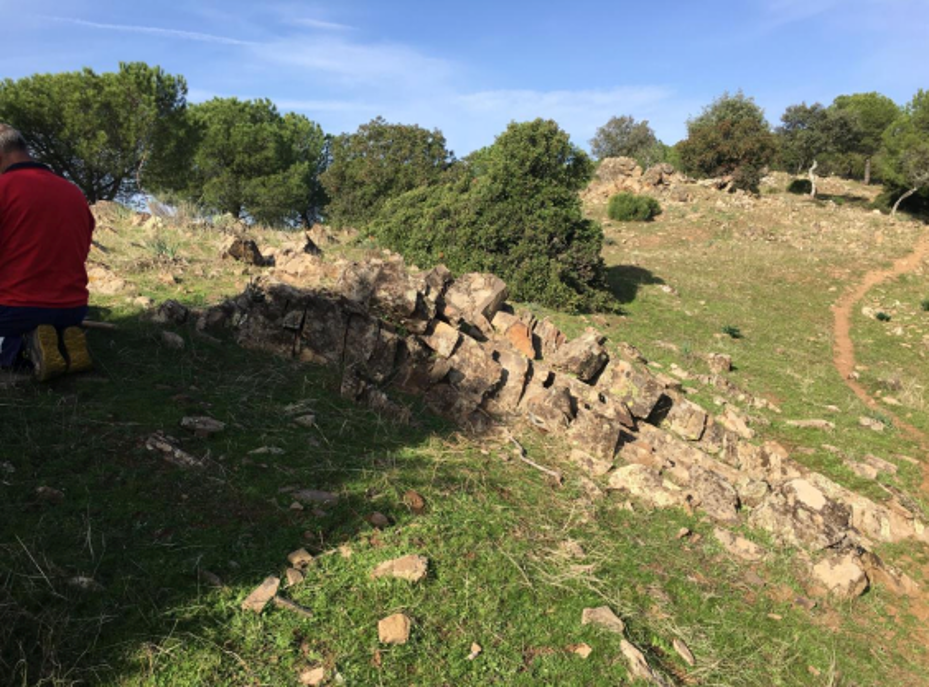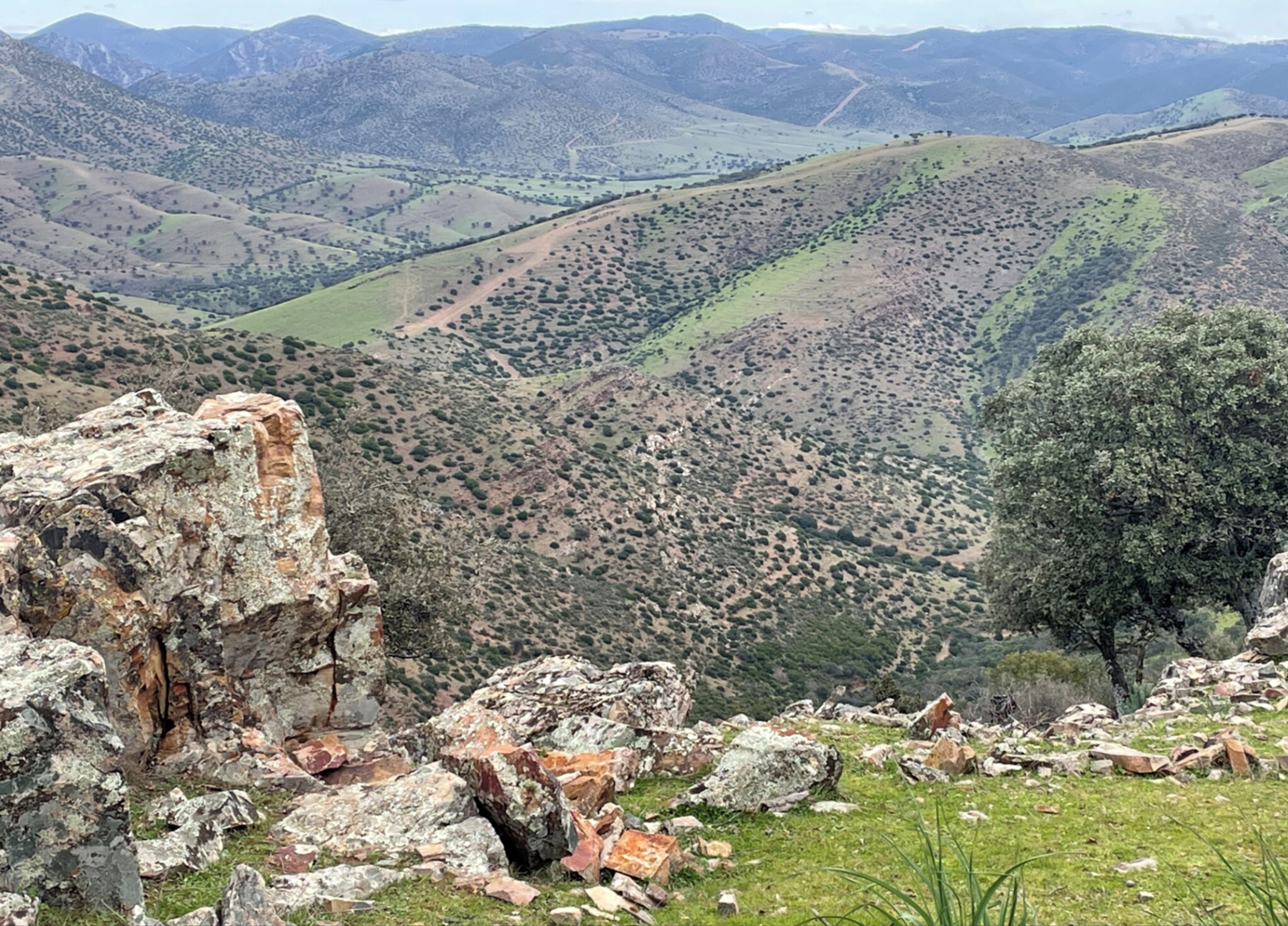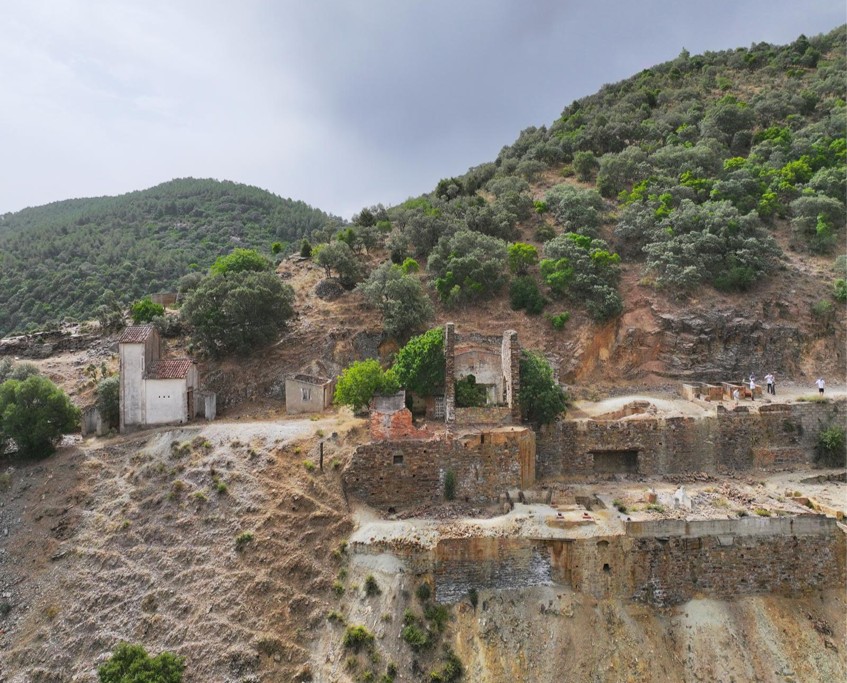- The company has commenced its initial maiden drilling program with majority of assays pending
- 756 “cuadrículas mineras” covering an area of ~228km²
- A lithified placer sand geological system with various layers rich in three future facing / critical minerals with high grade potential:
- Rutile (titanium), zircon (zirconium, hafnium), monazite (REE)
- Unsuccessfully explored for uranium and thorium in the 1950’s and 1960’s
- Initial target areas are within Orión Permit
- Historic galena (lead) mine in permit area located directly below mineralised outcrops
- Geological mapping has confirmed two primary seams that appear to be pervasive across the Orión Permit
- Staged acquisition; upon Scoping Study OSM will own 80% of Company owning 95% of the Project*
- *Refer ASX Release dated 29 July 2025
High-Value Potential
- Three Economic Minerals
- Rutile
- Zircon
- Monazite.
High-Tonnage Potential
- 228km2 permit area
- Three target zones
- Mineralised outcrops over 12km distance
- Two interpreted pervasive seams
Drilling Program
- The company has commenced its initial maiden drilling program with majority of assays pending
- Click to view the announcement relating to the AV-01 and AV-01bis drill results on 24 November 2025
